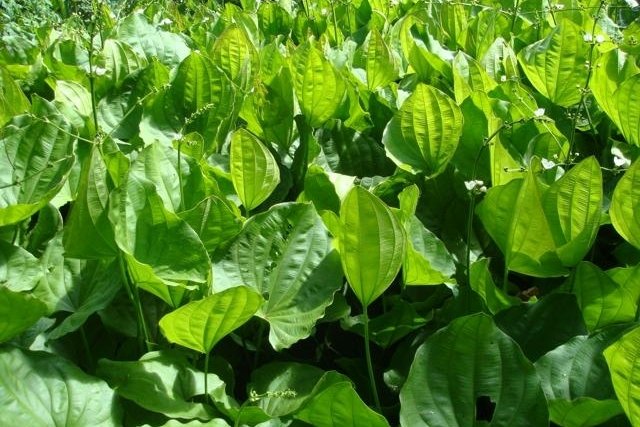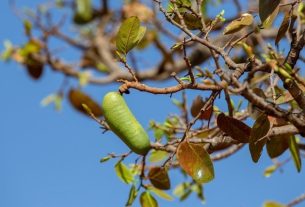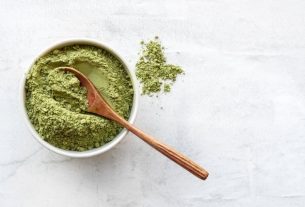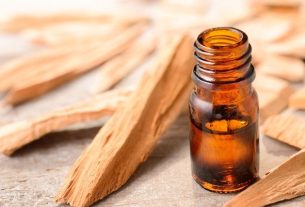The leather hat is a medicinal plant of the species Echinodorus grandiflorusrich in substances such as flavonoids, alkaloid diterpenes and tannins, having anti-inflammatory, antirheumatic, diuretic and hypotensive properties, being popularly used to treat arthritis, urinary tract infections or skin problems, such as boils or dermatitis, for example.
The normally used parts of the leather hat, also known as marsh herb, water hyacinth or swamp herb, are the leaves for preparing tea, or the root, used in the form of a poultice.
The leather hat can be purchased at some health food stores and compounding pharmacies, and should be used with the guidance of a doctor or other health professional who has experience with the use of medicinal plants.
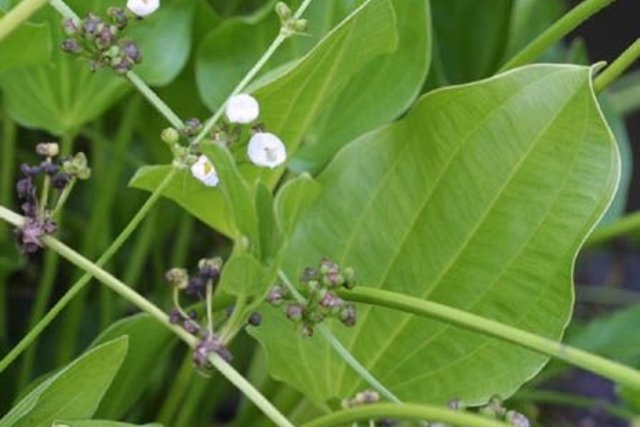
What is it for
The leather hat has anti-inflammatory, antirheumatic, astringent, depurative, diuretic, antiarthritic and hypotensive properties, and is normally indicated for:
- Arthritis;
- Arthrosis;
- Drop;
- Urinary infection;
- Kidney stone;
- Bladder inflammation;
- Prostatitis;
- Liver diseases;
- Tonsillitis;
- Pharyngitis;
- Stomatitis;
- Gingivitis;
- Neuralgia;
- Hernia;
- Headache;
- Skin infections;
- Boils;
- Eczema;
- Dermatitis.
Furthermore, due to its hypotensive and diuretic properties, the leather hat can also help in the treatment of high blood pressure.
Although it has health benefits, this medicinal plant does not replace medical treatment and should be used under the guidance of a doctor or herbalist.
How to use
The parts of the leather hat used are the leaves or roots, from which active substances with medicinal properties are extracted to prepare tea or poultices.
1. Leather hat tea
Leather hat tea must be prepared with the leaves of this medicinal plant and can be used for urinary tract infections, kidney stones, headaches, arthritis, osteoarthritis or gout, for example.
Ingredients
- 20 g of leather hat leaves;
- 1 liter of water.
Preparation mode
Boil the water, turn off the heat and add the leather hat leaves. Cover and let rest for about 10 minutes. Strain, wait for it to cool and drink about 2 to 3 cups a day.
Leather hat tea can also be used in the form of mouthwash for tonsillitis, pharyngitis, stomatitis or gingivitis, for example.
Furthermore, this tea can also be used to make sitz baths in the case of prostatitis. To do this, you must place the warm leather hat tea in a basin, sit in the basin without clothes and take a sitz bath 2 to 3 times a day.
2. Leather Hat Poultice
The leather hat in the form of a poultice can be used to apply to the skin in the case of hernias, dermatitis, gout, neuralgia or boils.
Ingredients
- 1 dry root of the leather hat.
Preparation mode
In a container, crush the leather hat root and add a little water until you obtain a paste. Apply to the skin in the affected region.
Possible side effects
Leather hat is considered safe when used in recommended amounts. However, when consumed in excess, it can cause an excessive decrease in blood pressure or diarrhea.
Therefore, the use of a leather hat should only be done under medical advice or from a healthcare professional with experience in medicinal plants.
Who shouldn’t use
The leather hat should not be used by people who have heart or kidney failure, low blood pressure, vaginal discharge or who are using medication to treat high blood pressure.
Furthermore, it should also not be used in pregnant or breastfeeding women. See all the teas that are prohibited during pregnancy.
Bibliography
- GOMES, F.; et al. Microvascular Effects of Echinodorus grandiflorus on Cardiovascular Disorders. Plant Med. 86. 06; 395-404, 2020
- FERNANDES, DC; et al. Antinociceptive activity of essential oil from Echinodorus macrophyllus(Kunth.) Micheli (Alismataceae). Fitos magazine. 7. 4; 245-251, 2012
- SILVA, TM; et al. Changes in the essential oil composition of leaves of Echinodorus macrophyllus exposed to γ-radiation. Brazilian Journal of Pharmacognosy. 23. 4; 600-607, 2013
- Marques, André Mesquita. Chemical and pharmacological potential of Echinodorus grandiflorus: a species of popular use with great potential for the development of a phytomedicine in the country. Monograph of the Lato Sensu Postgraduate Course in Innovation Management in Biodiversity Medicines, 2016. FIOCRUZ.
- MARQUES, AM; et al. Echinodorus grandiflorus: Ethnobotanical, phytochemical and pharmacological overview of a medicinal plant used in Brazil. Food Chem Toxicol. 109. Pt 2; 1032-1047, 2017

Sign up for our newsletter and stay up to date with exclusive news
that can transform your routine!
Warning: Undefined array key "title" in /home/storelat/public_html/wp-content/plugins/link-whisper-premium/templates/frontend/related-posts.php on line 12
Warning: Undefined array key "title_tag" in /home/storelat/public_html/wp-content/plugins/link-whisper-premium/templates/frontend/related-posts.php on line 13

